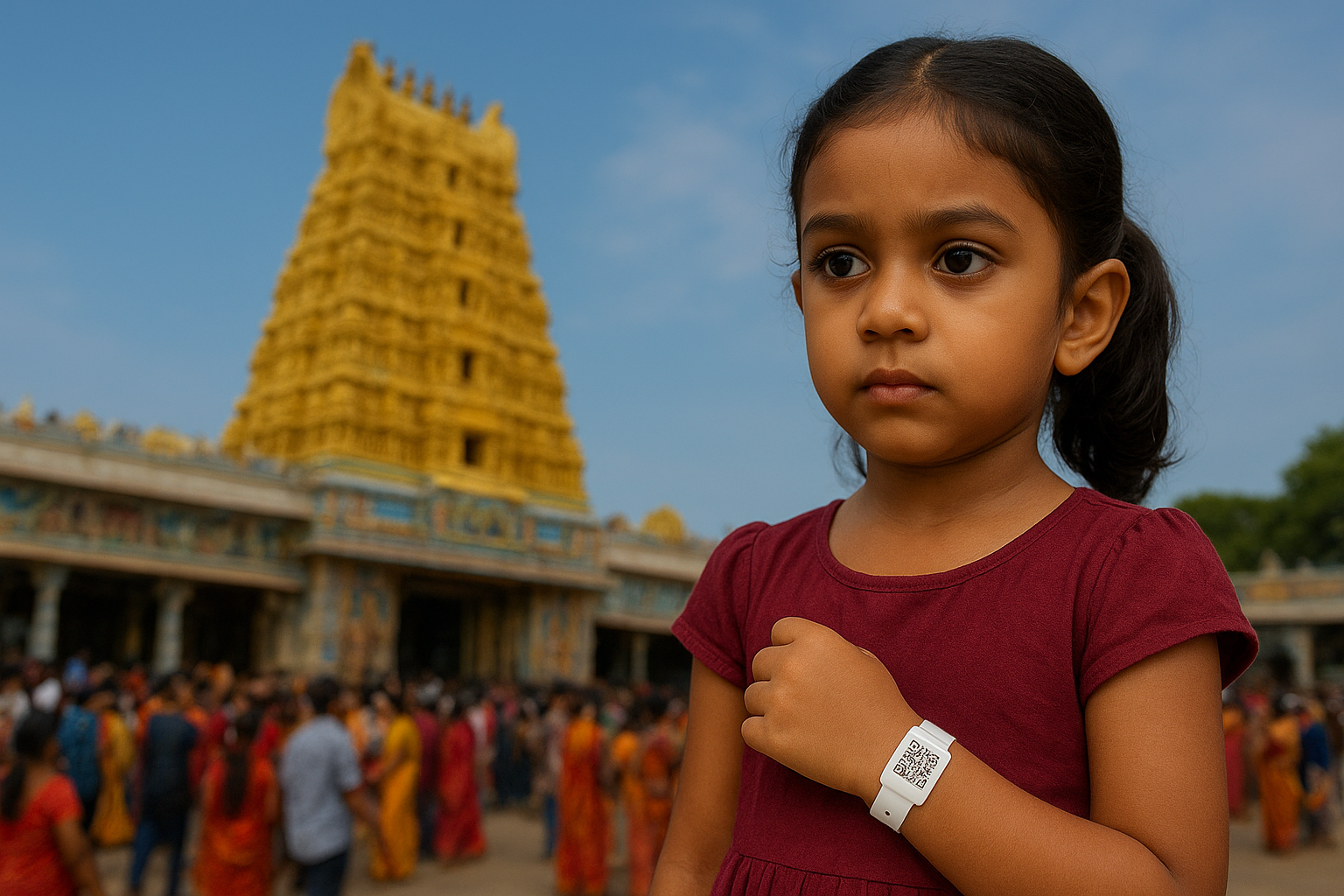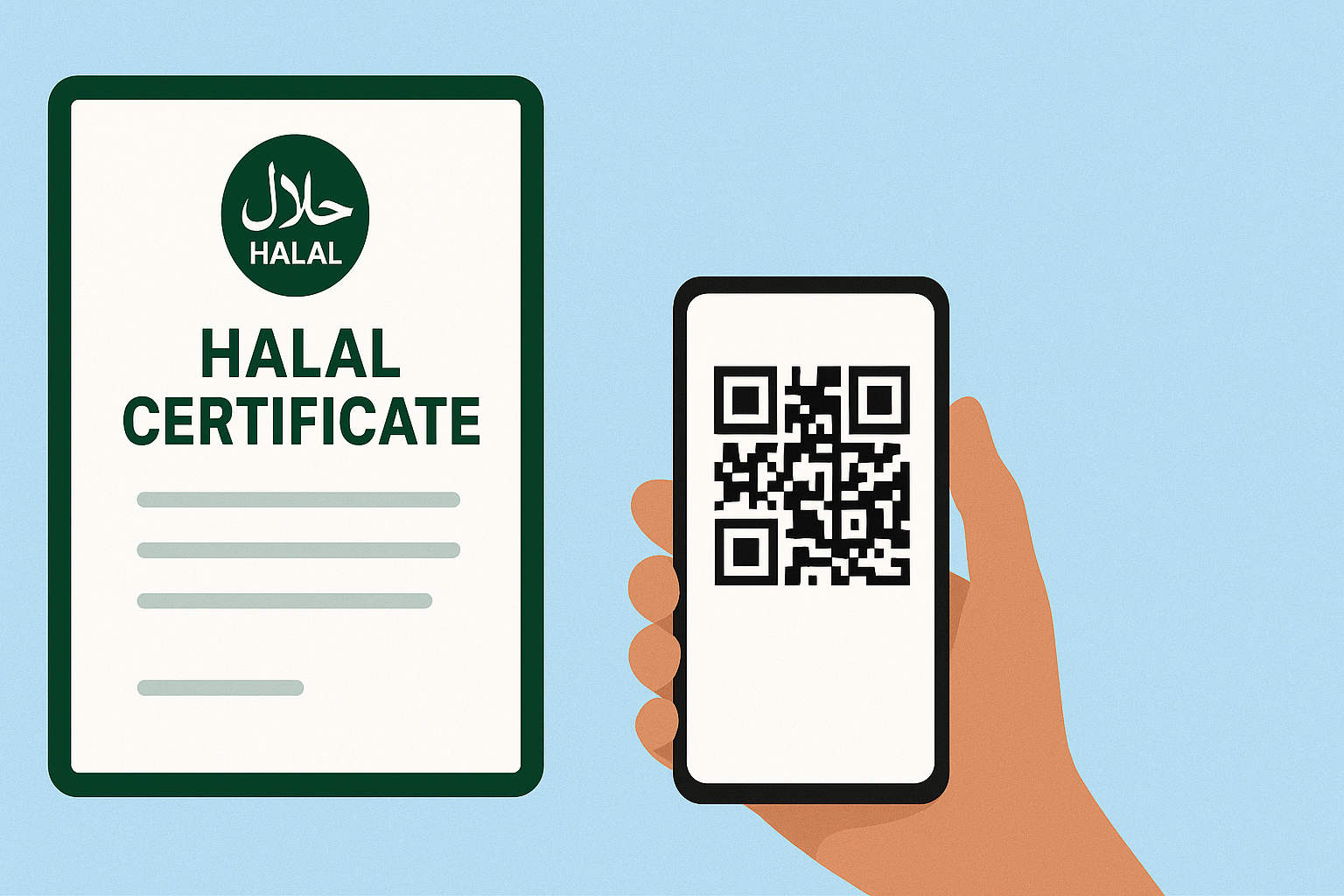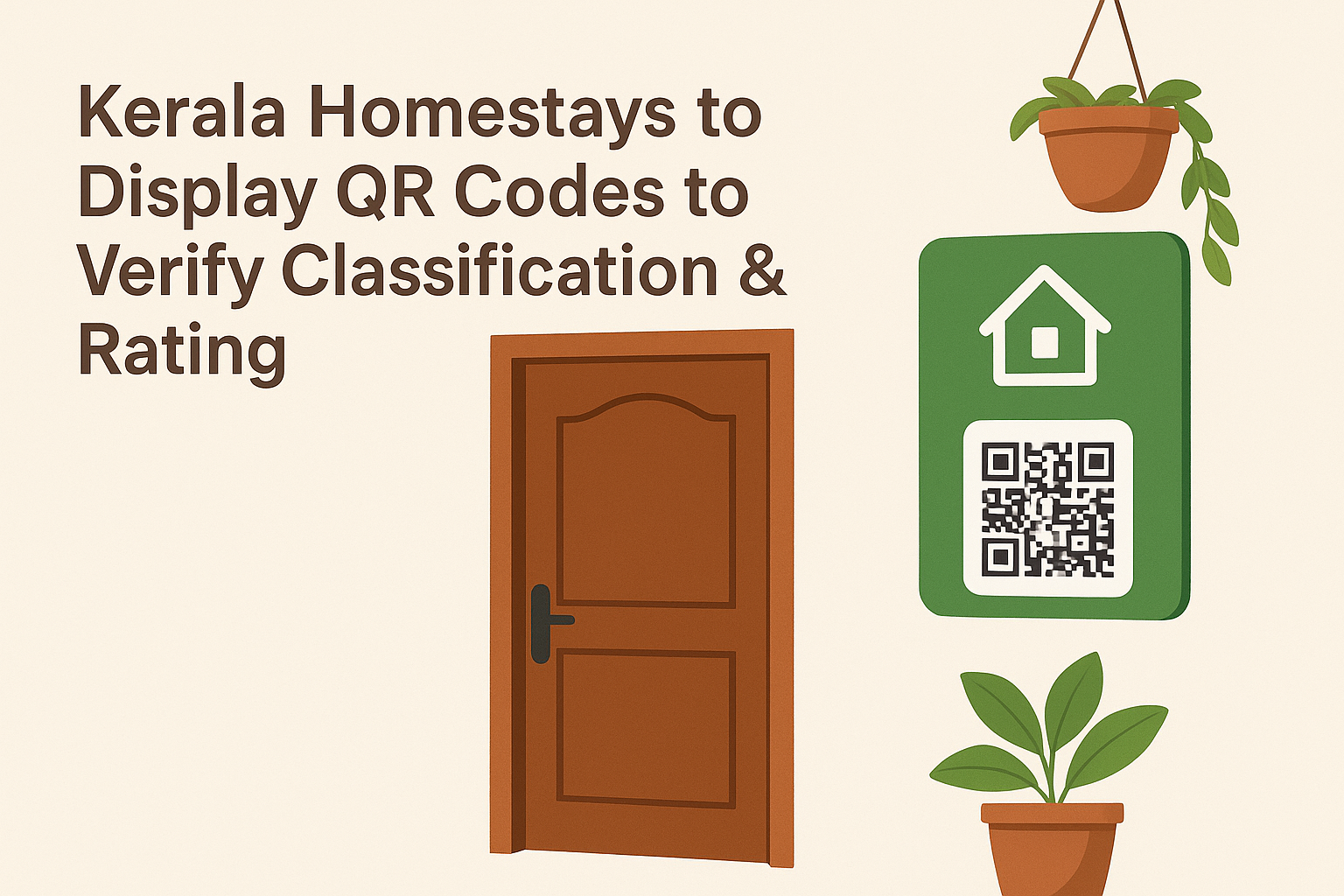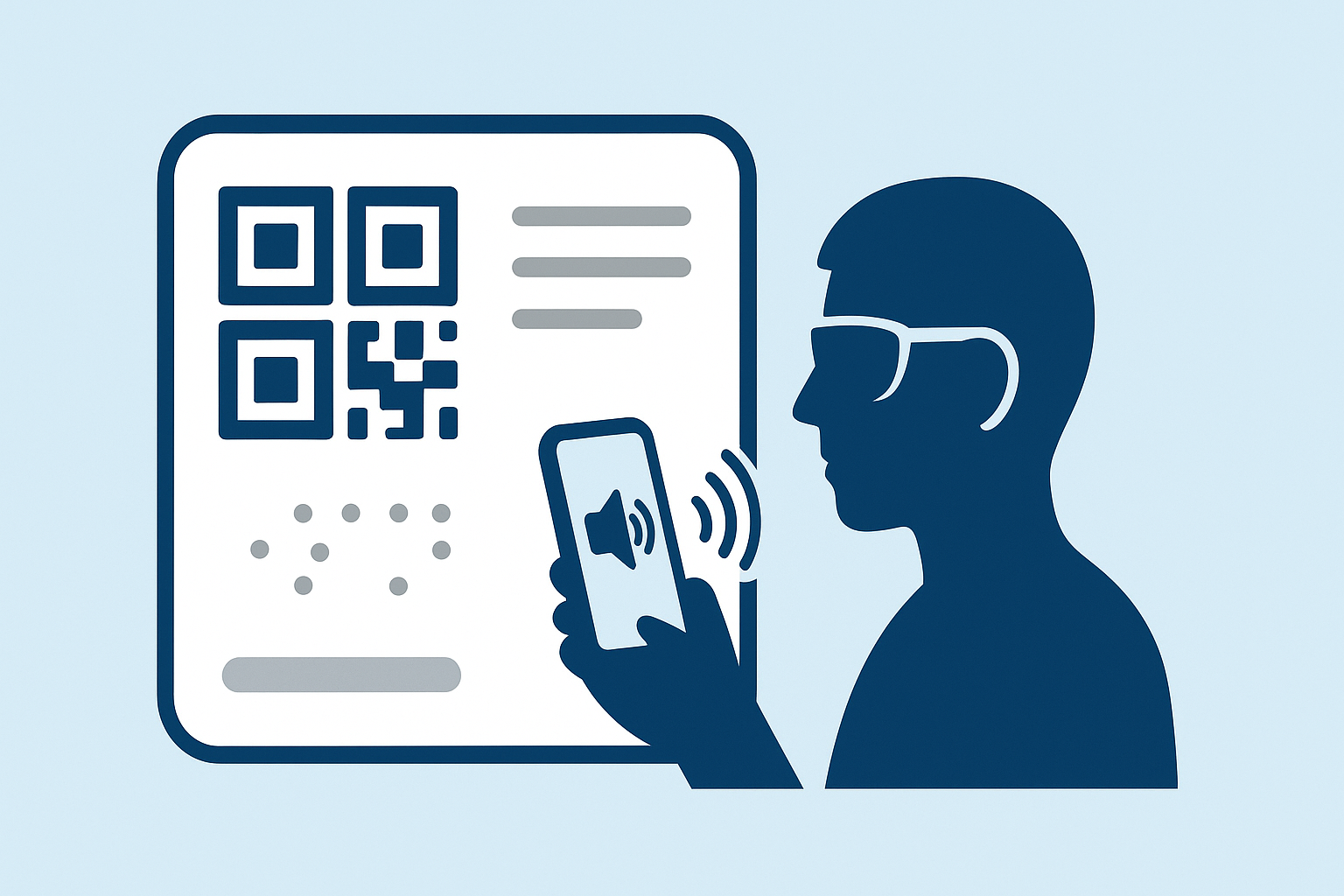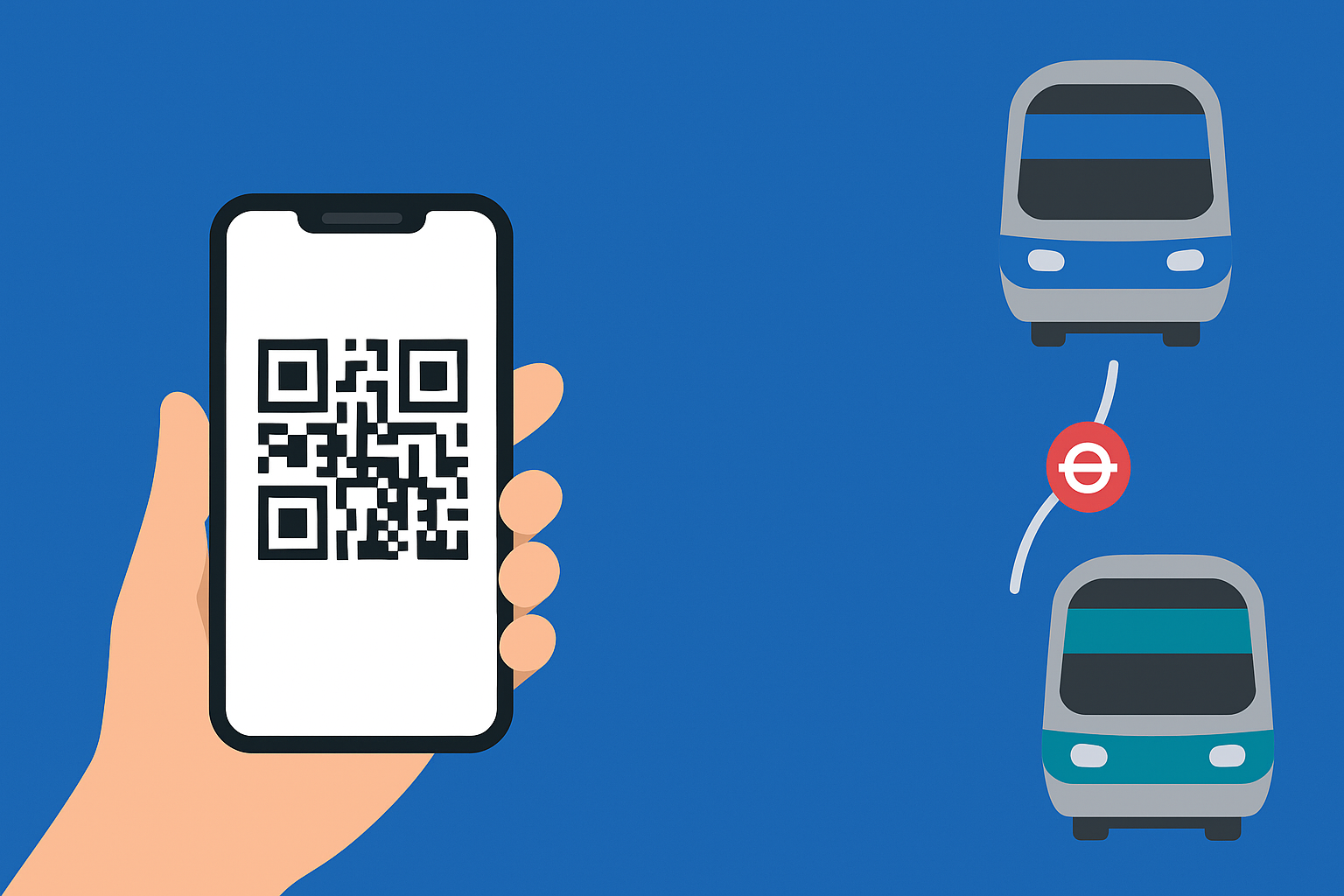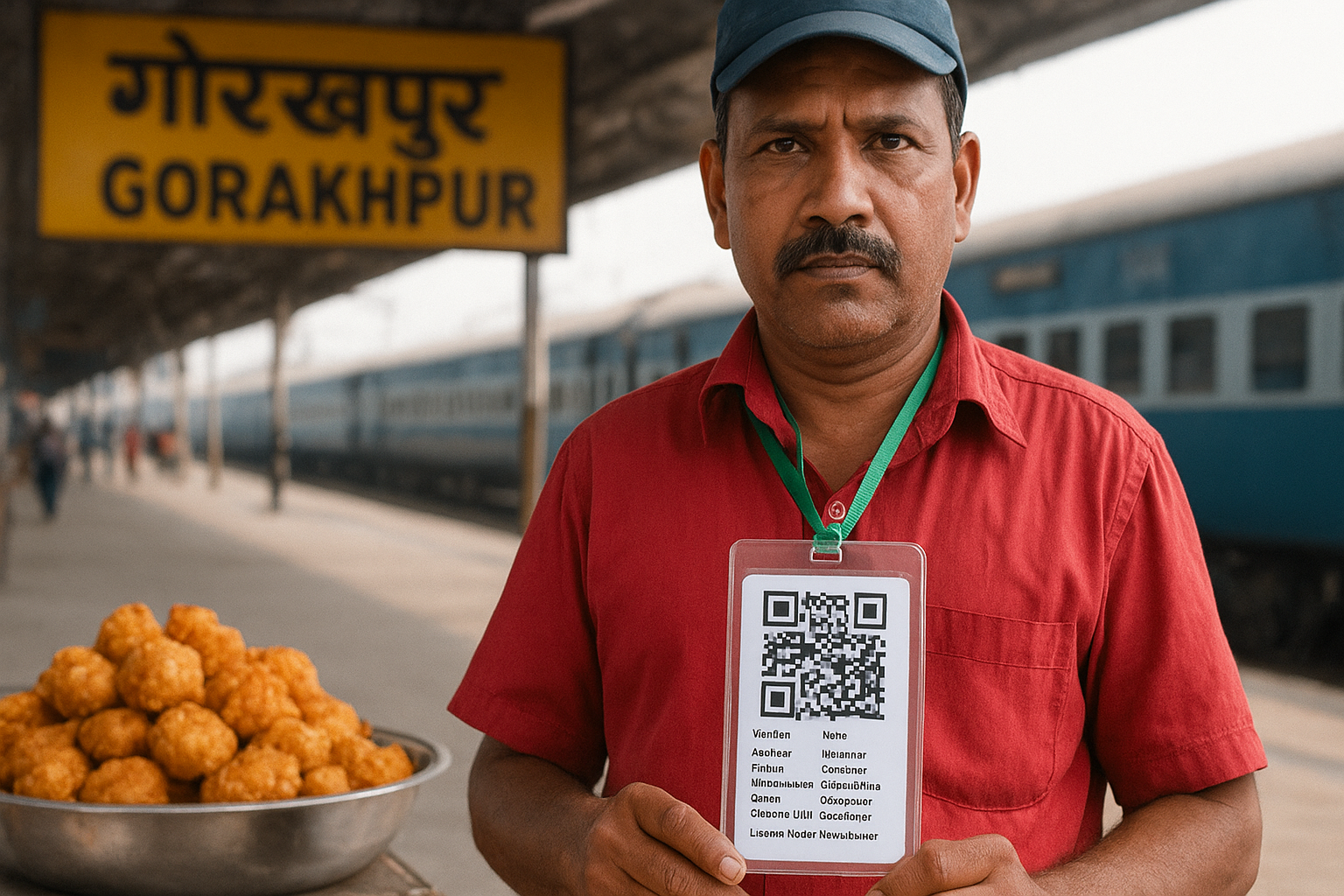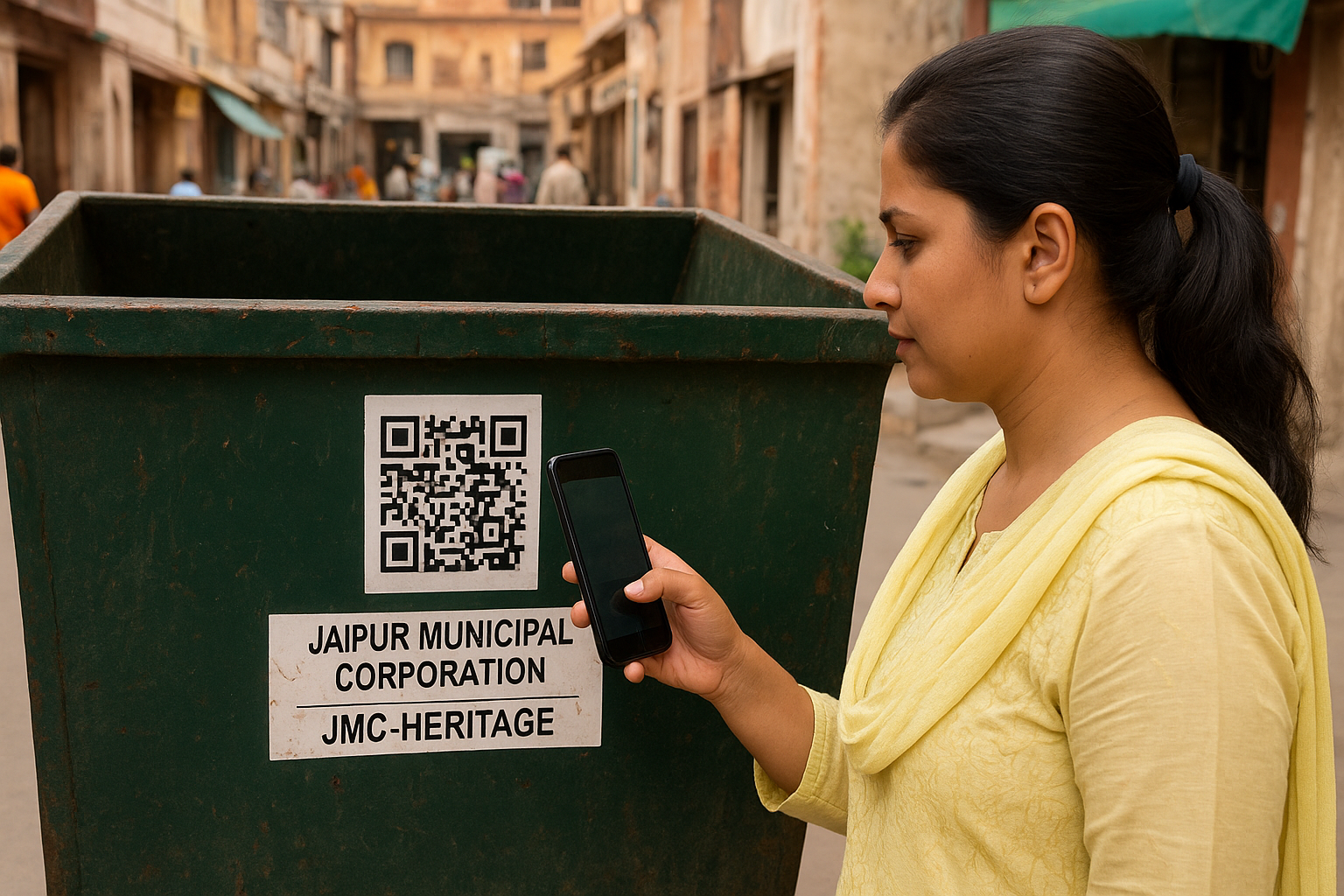Quick Summary
Kanaka Durga Temple deployed QR-coded wrist tags for children and senior citizens during the Bhavani Deeksha festival, helping staff reunite ten missing children with their families in five days.
Table of Contents
1. Introduction
Large religious gatherings often test the limits of crowd management. To minimise distress when children or seniors are separated from guardians, authorities at Kanaka Durga Temple in Vijayawada introduced QR-coded wrist tags linked to a central tracking portal and mobile app, enabling rapid identification and reunions.
2. The Challenge of Crowd Safety at Religious Festivals
- Festivals draw massive crowds, making it easy for young children or elderly visitors to get lost in the throng.
- Traditional methods such as PA announcements and manual searches strain under scale and time pressure.
- A quick, tech-enabled system was needed to locate vulnerable devotees and notify their families fast.
3. Implementing QR-Code Tagging: How It Works?
Who is tagged: Children under five and senior citizens identified at arrival points.
- Teams stationed at railway and bus stations, queue points, and entry gates issued wrist tags containing unique QR codes.
- Each QR stored key details such as name, guardian contact, and address, uploaded instantly to the temple's central portal.
- Festival staff used a mobile app to scan tags and retrieve guardian contacts in the event of separation.
The deployment involved around 60 teams equipped with scanners and connectivity to log and resolve cases, creating an auditable trail.
4. Results & Success Stories
- Approximately 12,000 visitors, mostly children under five, received QR wrist tags during the five-day festival.
- Ten missing children were traced and reunited with families within minutes of being found.
- NTR District Collector Dr. G Lakshmisha praised the initiative for reducing panic and streamlining search efforts.
5. Challenges, Limitations & Lessons Learned
- Data privacy and consent: Collecting personal details demands secure storage and clear permissions.
- Device readiness: All staff require functioning scanners and connectivity; offline caching can help in network dead zones.
- Tag durability: Wrist bands must be tamper-resistant to stay on active children.
- Training: Prior drills ensured volunteers could operate the app confidently under pressure.
6. Implications for Broader Adoption
- The model can be replicated at other mass events such as fairs, pilgrimages, and large theme parks.
- Future iterations may extend to lost belongings or medical alerts for high-risk visitors.
- Policy support from state authorities could formalise QR tagging as part of standard festival safety protocols.
- Technology providers, from QR platform specialists to app developers, play a pivotal role in scaling such systems.
7. Conclusion
The Kanaka Durga Temple initiative shows how simple QR technology, when coupled with responsive governance, can safeguard vulnerable devotees. Reuniting families swiftly does more than ease disruptions—it builds trust in public institutions and demonstrates how digital tools can deliver compassionate, real-world outcomes.


